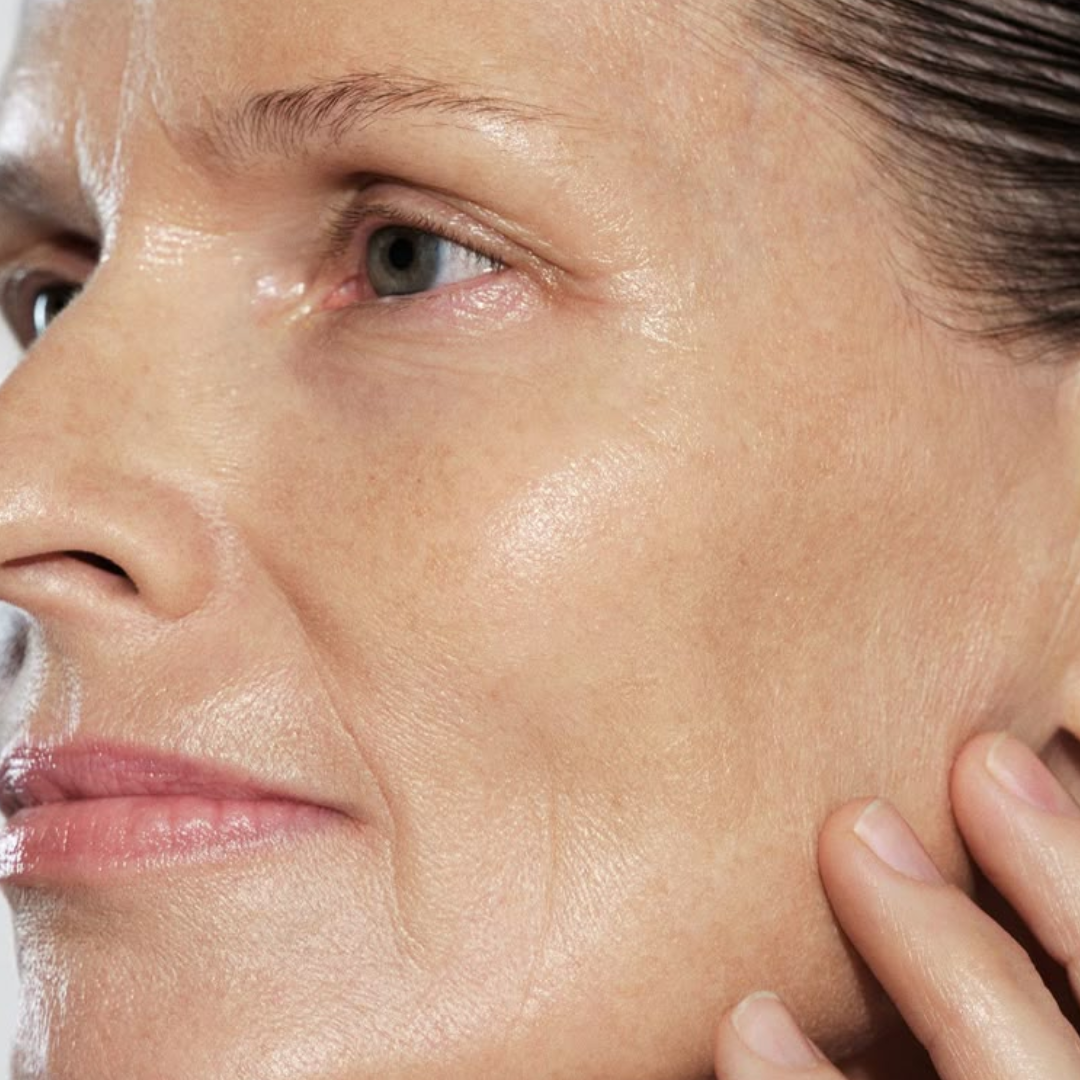
Facelift: what are the different face lifts available?
Share
A facelift is a surgical or minimally invasive procedure designed to rejuvenate appearance by correcting sagging skin and redefining contours. As we age, skin loses elasticity, facial muscles sag and the face can appear tired or scarred. But not all facelifts are created equal: they differ in technique, area treated and invasiveness. Understanding these different options enables you to choose the solution best suited to your needs and expectations.
1. What is a facelift?
A facelift aims to :
-
Tighten loose skin.
-
Reposition underlying tissue and fat.
-
Correct wrinkles and deep furrows.
-
Improve facial contours and overall appearance.
Depending on age, skin type and degree of sagging, the plastic surgeon can propose different facelift techniques.
2. The main types of facelift
a. Full or traditional facelift
-
Works on the entire face and neck.
-
Tightens skin, repositions muscles and removes excess skin.
-
Offers long-lasting results (8 to 10 years), but requires general or local anesthesia with sedation.
-
Indicated for advanced or global sagging of the face.
b. Mini-lifting (or medium facelift)
-
Targets specific areas such as the cheeks, oval or temples.
-
Less invasive, shorter scars, faster recovery.
-
Ideal for people with moderate sagging who want a natural result.
c. Neck lift
-
Specific to the cervical region to correct sagging and folds.
-
Often combined with a facelift for a harmonious result.
-
Refines the oval and reduces the double chin.
d. Temporal or eyebrow lift
-
Treats sagging temples and eyebrows.
-
Restores a more open, rejuvenated look.
-
Discreet scars, often hidden in the hair.
e. Midface lift
-
Targets mid-face: cheekbones, cheeks and nasolabial folds.
-
Reposition tissue and fat to correct sagging cheekbones.
-
Often combined with non-surgical treatments (hyaluronic acid, tensor threads).
f. Tensor thread facelift
-
Minimally invasive alternative to facelift surgery.
-
Absorbable or permanent threads are inserted under the skin to tighten the tissue.
-
Immediate results, rapid recovery, but less long-lasting than traditional facelifts (1 to 3 years).
g. Endoscopic facelift
-
Less invasive technique using a camera to guide tissue repositioning.
-
Allows treatment of certain areas (eyebrows, cheekbones) with reduced scarring.
-
Suitable for people seeking targeted rejuvenation without major surgery.
3. Criteria for choosing a facelift
The choice depends on :
-
Age and sagging skin: the greater the degree of sagging, the more appropriate a full facelift.
-
Treatment area: entire face, mid-face, neck, temples.
-
Desired results: subtle and natural or more pronounced rejuvenation.
-
Tolerance to surgery and recovery time.
-
Budget: minimally invasive facelifts and tensor threads generally cost less than a full facelift.
4. The benefits of a facelift
-
Tightens skin and redefines the oval.
-
Corrects deep wrinkles and folds.
-
Reposition fat and sagging tissue.
-
Provides a long-lasting, natural result when performed by an experienced surgeon.
-
Improves self-confidence and overall appearance.
5. Risks and precautions
Like any surgical procedure, a facelift involves risks:
-
Temporary hematomas, edemas and ecchymoses.
-
Visible scars due to poor healing.
-
Asymmetry or unsatisfactory result.
-
Infection or reaction to anesthesia.
It is essential to consult a qualified surgeon, assess expectations and follow post-operative recommendations.
6. Non-surgical alternatives
For slight slackening or to delay a surgical facelift, there are several solutions:
-
Absorbable tensor threads.
-
Injections of hyaluronic acid or botox to redefine volumes and contours.
-
Focused ultrasound, radiofrequency or laser to stimulate collagen and firm the skin.
These methods offer temporary results but can be combined with a facelift for an overall effect.
Conclusion
There are several types of facelift, each tailored to a specific degree of sagging, a specific area and the patient's expectations. From full facelifts to mini-facelifts, tension threads or endoscopic facelifts, the options offer natural, targeted rejuvenation.
The choice of technique should be made in consultation with a qualified surgeon, after assessment of needs, age, skin condition and desired result. Today, facelifts remain one of the most effective procedures for restoring a rested, firmed and rejuvenated face.
